Application
Epoxy resin is a high-quality, clear resin that is strong and abrasion-resistant. It adheres to virtually any surface without attacking it, unlike polyester resin which can attack polystyrene foam, for example. Epoxy resin does not shrink during curing, preventing warping.
Epoxy resin versus Polyester resin
Advantages
- No shrinkage
- Excellent adhesion
- Strong and tough
Cons
- Higher price
- Precise mixing ratio required
- Slower curing
Adhesion
Epoxy resin has excellent adhesion to virtually all materials. It is widely used for bonding wooden boats and holds fiberglass fibers firmly, contributing to strength. These properties make it popular in applications such as surfboards, skis, model airplanes and even real aircraft.
User Manual
- Sand the damaged surface and make sure it is dry, dust- and grease-free.
- Mix the two components in a ratio of 1 part hardener to 3 parts resin (e.g. 100 g hardener to 300 g resin). An incorrect ratio leads to poor curing results. The processing time depends on temperature and quantity; at 100 g and 20°C it is about 30 minutes. Larger quantities and higher temperatures shorten this time. Heat is released during mixing.
- Apply a thin layer of epoxy with a brush, lay the glass fabric on top and press until it becomes transparent. Repeat with several layers until the desired thickness is reached.
- When applying epoxy to an already cured layer, it must first be sanded thoroughly.
Glass fabric or carbon (carbon fabric)
For high tensile strength applications, epoxy should be reinforced with a reinforcement material such as glass fabric. This consists of fine glass filaments woven into a flexible mat.
Note: Do not use a glass chipping mat with epoxy. This mat contains an adhesive that does not dissolve in epoxy resin, causing poor adhesion.

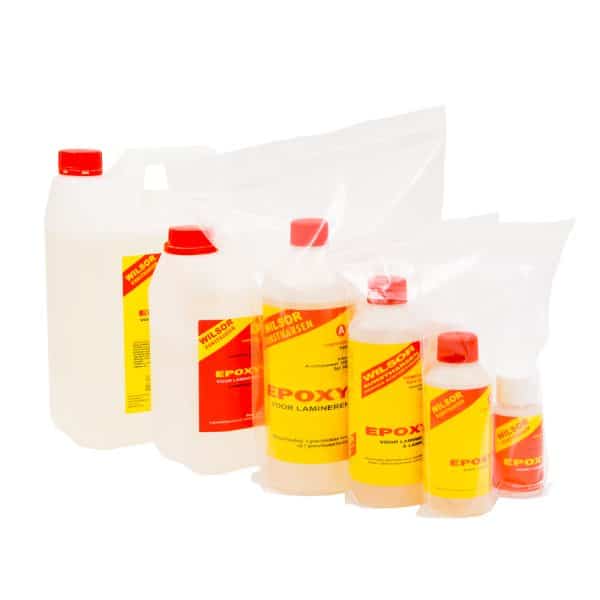
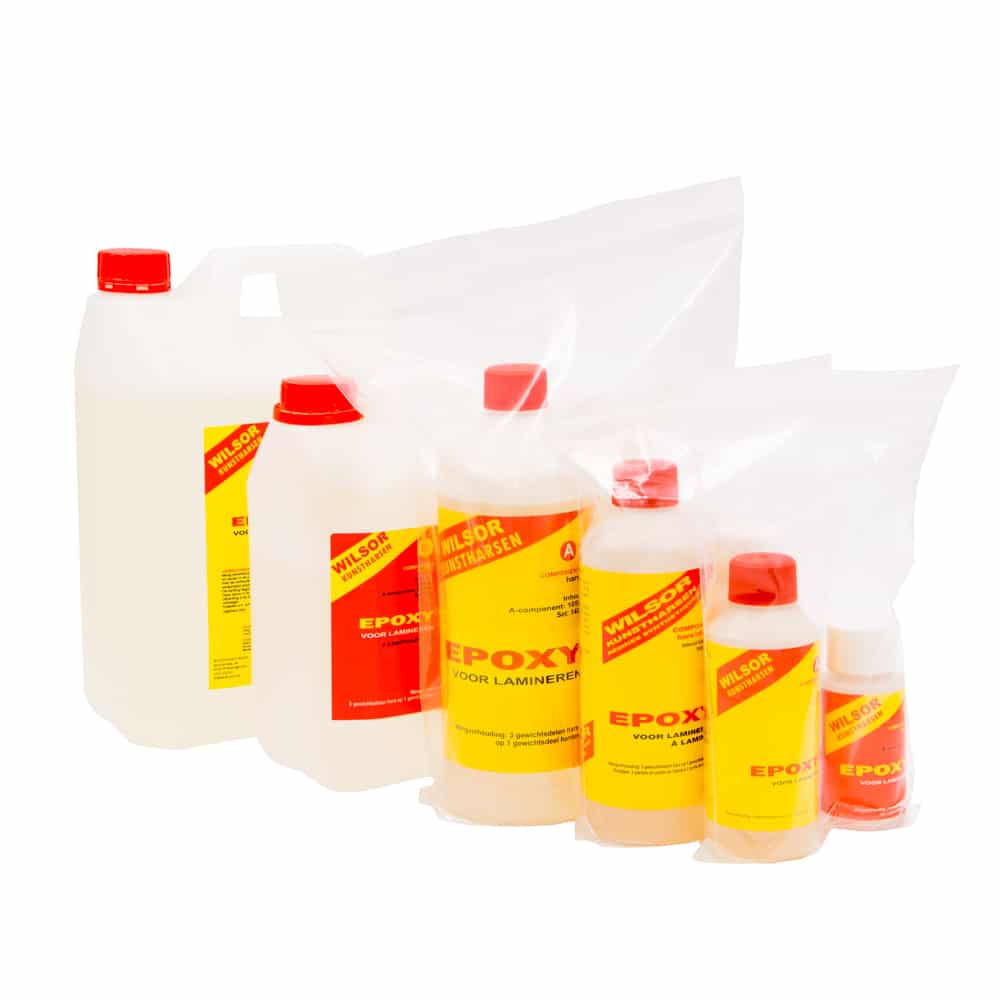
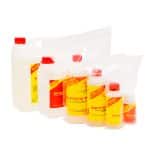
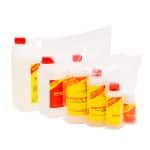
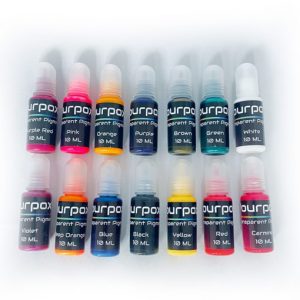
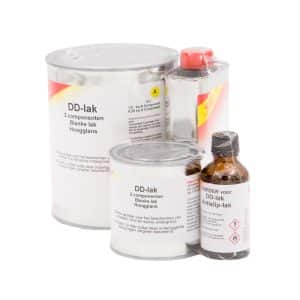

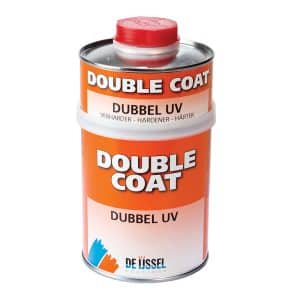
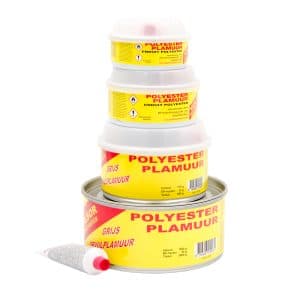
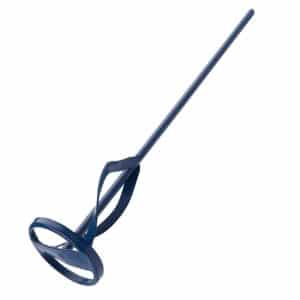
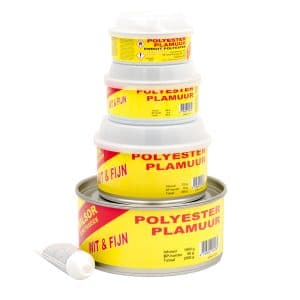
Reviews
There are no reviews yet.